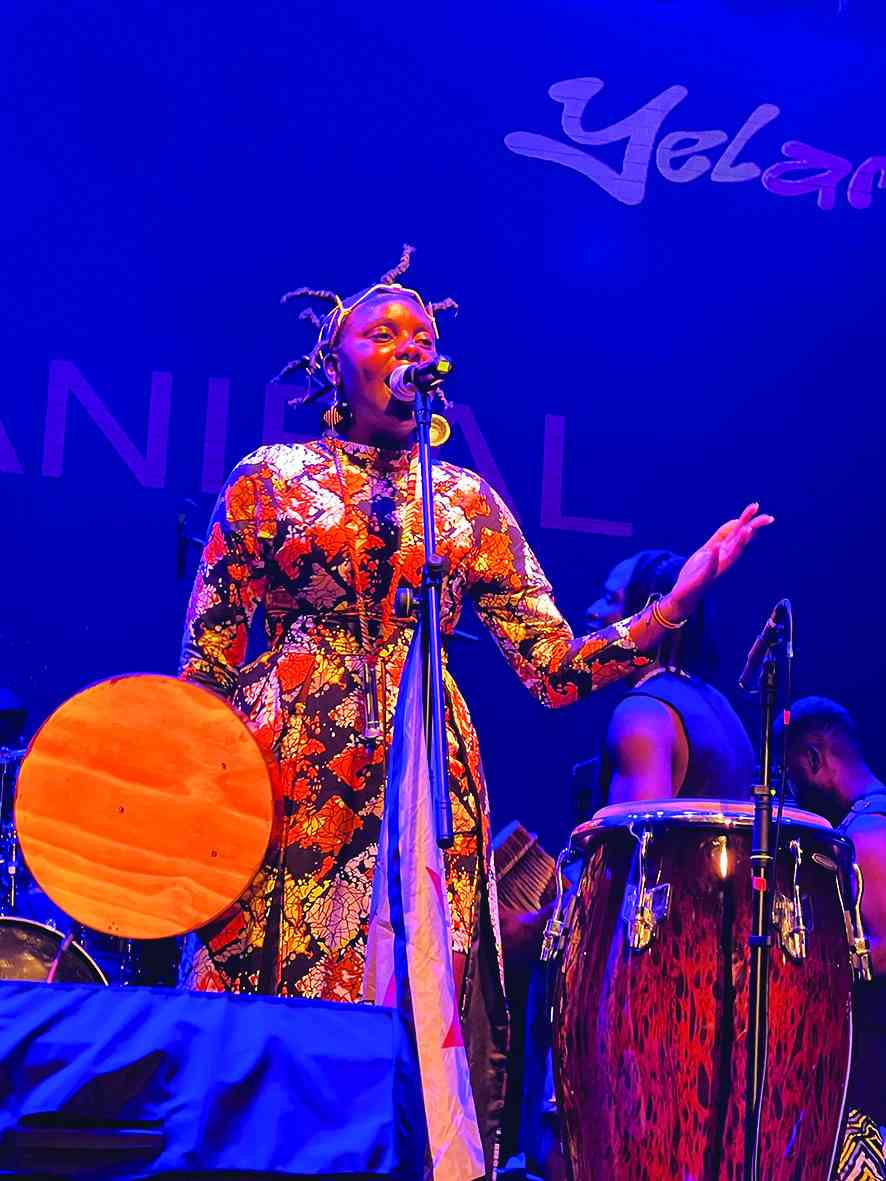
The cave system is composed of limestone and dolomite, and the descent to the main cave with its pool of cobalt blue water is very impressive. This pool is popularly called Sleeping Pool or Chirorodziva (Pool of the Fallen).
Divers have discovered a submarine passage leading from the Bat Cave, a subchamber of the Dark Cave to another room known as the Blind Cave. Diving is possible in the caves all year round, with temperatures never beyond the 22 to 24 °C range with zero thermocline.
Visibility is high, and 50 metres and above is not unusual. This site is often visited by diving expedition teams of technical divers that perform ultra-deep diving. It is not uncommon for dives in excess of 100m to be made here by experienced technical divers. There is a campsite run by the Zimbabwe Parks and Wildlife Management Authority and Caves Motel, a quiet, private establishment is located on site.
Historically, the first white man believed to have discovered the Caves was Frederick Selous, the famous European hunter, during his wanderings in 1887. It was believed that prior to that the caves were being used as a stronghold by an outlaw called Nyamakwere who murdered many victims by throwing them into the Silent Pool.
The notorious Nyamakwere was eventually defeated and killed by a headman called Chinhoyi who became a Mashona chief, hence the name Chinhoyi given to the nearby town. Chief Chinhoyi and his followers used the caves as a refuge from raiding tribes such as the Matabele. Until a few years ago the remains of Chief Chinhoyi’s grain bins could be seen in some of the underground passages.
The traditional name for the Chinhoyi Caves is “Chirorodziva” which means the “Pool of the Fallen”. The name was derived from an incident which took place in the 1830s when the Nguni tribe, who were moving northwards surprised people living near the caves and flung them into the pool.
The area close to the caves was first declared a national monument and in 1957 it was declared a national park with its existing boundaries. It was then re-designated as a recreational Park in 1975.
The caves consist of a system of tunnels and caverns. This system is a dying one (in geological time spans), in that they are slowly collapsing. These collapses can be noticed by the sink holes and depressions within the surrounding area.
- Chamisa under fire over US$120K donation
- Mavhunga puts DeMbare into Chibuku quarterfinals
- Pension funds bet on Cabora Bassa oilfields
- Councils defy govt fire tender directive
Keep Reading
The Wonder Hole, which is the main feature of the caves, is in fact a “swallow hole” or a large cavern with a collapsed roof.
The walls or sides of the Wonder Hole drop vertically down for 150 feet (45,7m) to the Sleeping Pool. The pool is unbelievably blue and crystal clear which reflects great depth and non-flowing water.
Exploration by the Zimbabwe Sub-Aqua Spelaelogical Research Group has revealed that the depth of the water in the Sleeping Pool varies between 80m and 91m. This fluctuation in depths is attributable to the amount of rainfall received in a particular season. Several under-water passages have been found leading from the Sleeping Pool, but all those so far explored lead back into the pool. Near the end of the Dark Cave is a small cavern accessible only to diver known as the Blind Cave. A second one connects with the Sleeping Pool 58 metres below the surface and the third one is yet to be fully explored.
The caves are composed mainly of the sunlit “Sleeping Pool” and the artificially lit Dark Cave. The Sleeping Pool 46m below the ground level is accessible in two ways – through the main entrance with an inclined passage, where the view of the water has been compared to the famous Blue Grotto of Capri, and through the Dark Cave, which leads down steps and along a narrow passage to a point just above the water at the far side of the Sleeping Pool.
The exit from the Dark Cave is demanding, as the steps are very steep. Therefore, less agile visitors would be well advised to avoid this latter option. It seems probable that further caves remain to be discovered. Research suggests that the water in the cave is connected to an even bigger body of water in view of the fact that the temperature in the Sleeping Pool never varies from 22 degrees Celsius. Excavations in and near the caves have revealed that people have stayed around the area from early times. Pottery and human remains were unearthed from the area which radio-carbon dated around AD 650.
Although Chinhoyi Caves Recreational Park covers a large area only 20 acres of it in the vicinity of the actual caves are used by the public. The remainder of the park is largely taken up with dolomite mining claims and wooded scrubland.
The park’s flora is made up largely of indigenous and exotic species Mukwa, Cape Fig, Combretum, Terminalia, Msasa, Violet tree, Yellow wood and Pink Jacaranda.
Although birds are not numerous, there is a wide variety of species, especially during the dry months of winter. The park’s bird diversity includes the Arnot’s Chat, Angola Rock Thrush, Mocking Chat, Large Striped Pipit, Woodpecker species, Black Tit, Redwing Starling, Batis, Flycatcher, Penduline Tit, Glossy Starling, Bat Hawk, Tree Creeper, Familiar Chat, Paradise Flycatcher and other species.
There are virtually no large animals in the park. However, monkeys, baboons, bushpigs and rock hares can occasionally be sighted.
The picnic sites and camp sites are serviced by three ablution blocks with hot and cold water, baths, toilets and showers.
The caves are located about 9km north-west of the town of Chinhoyi, 120km from Harare. The park lies along the main Harare-Chirundu Highway.
www.zimbabwetourism.net










